In the enchanting landscapes of the Maldives, the Uni tree, locally known as “Uni” in Dhivehi, graces the coastal areas with its presence. This small tree, belonging to the Oleaceae family, is also affectionately called Sea Randa, Zebra Wood, and Indian Lavender.
Key Details:
- Scientific Name: Guettarda speciosa
- Local Name (Dhivehi): Uni
- Family: Oleaceae
Description: Uni is a small tree, typically reaching heights of 2 to 6 meters. It boasts simple, opposite leaves with prominent veins, adding to its distinctive charm. Fragrant white flowers elegantly form in axillary pedunculate, corymbose cymes, and the fruit, globose in shape, measures about 2 cm across.
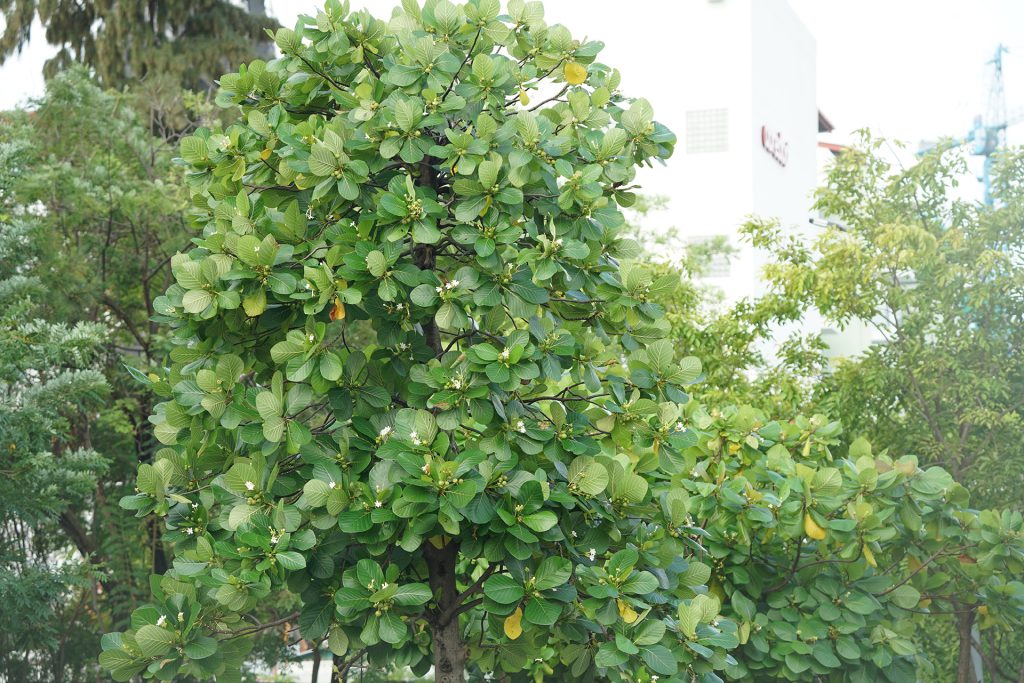
Flowering & Fruiting: The Beach Gardenia adorns itself with blossoms from March to October, and its fruits mature gracefully from September to March.
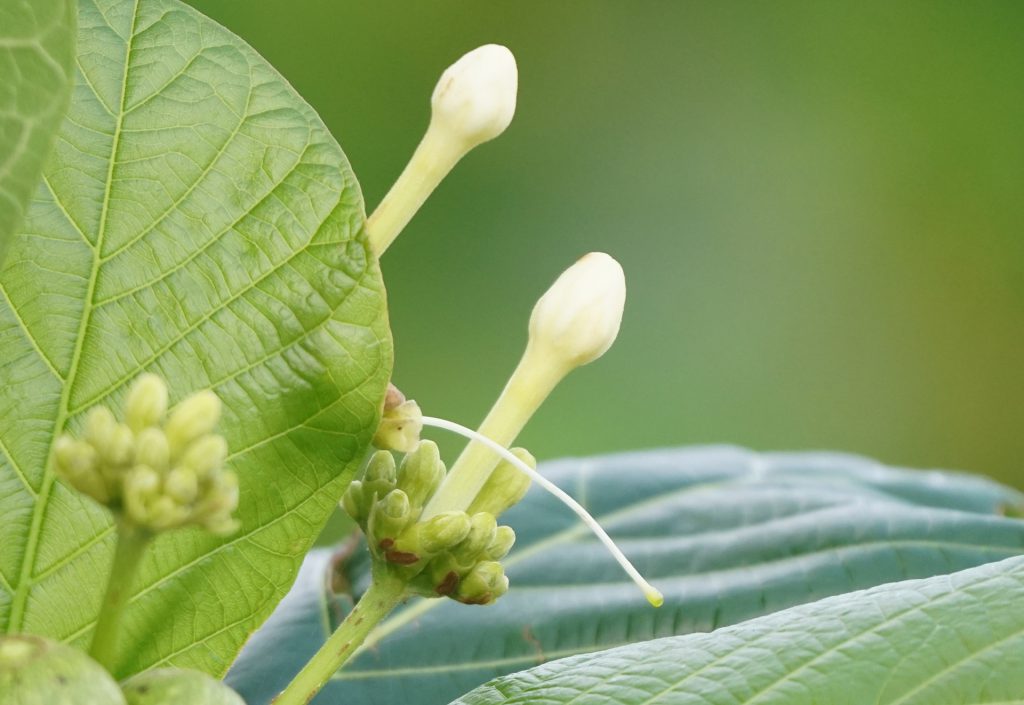
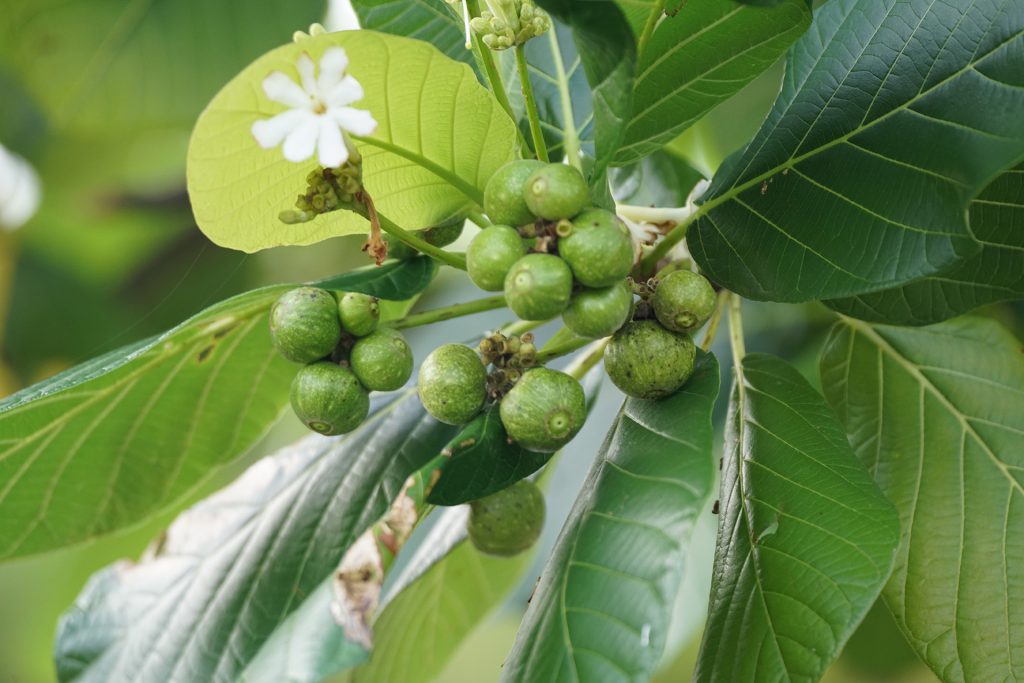
Distribution and Habitat: Originally hailing from Eastern Africa, tropical and subtropical Asia, Australia, and the Pacific Islands, Guettarda speciosa is now found pantropically. In the Maldives, it is a major species in the natural habitats, thriving particularly in coastal areas.
Uses: In the bygone days, the robust and durable wood of Guettarda speciosa held immense value for small-scale construction. It also served the dual purpose of being utilized as firewood. Additionally, the leaves of Uni were ingeniously employed to alleviate headaches and limb aches.
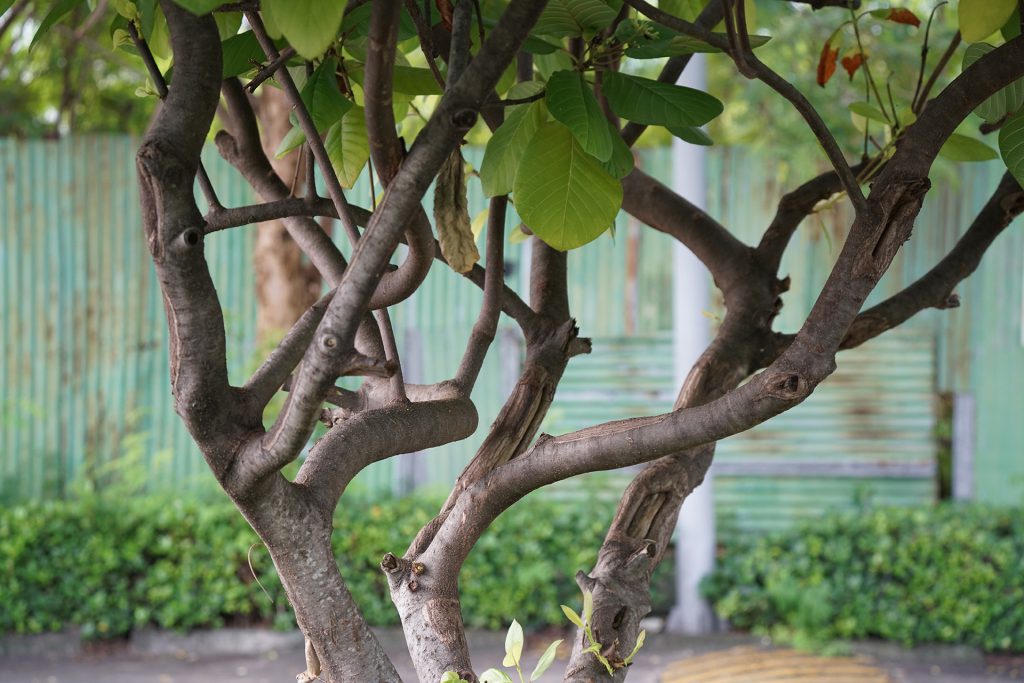
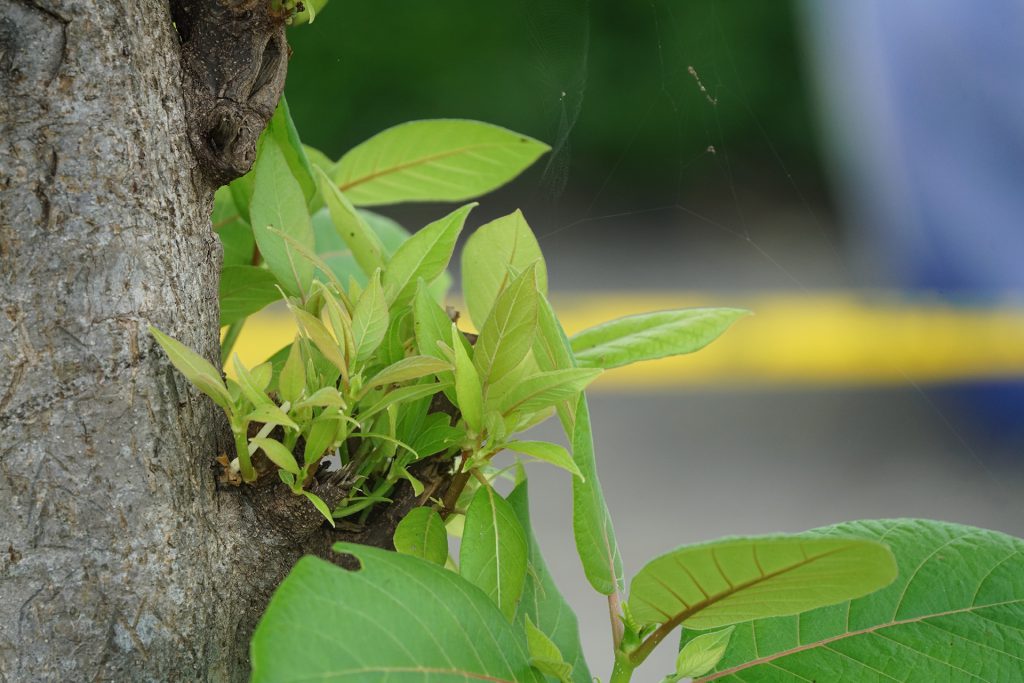
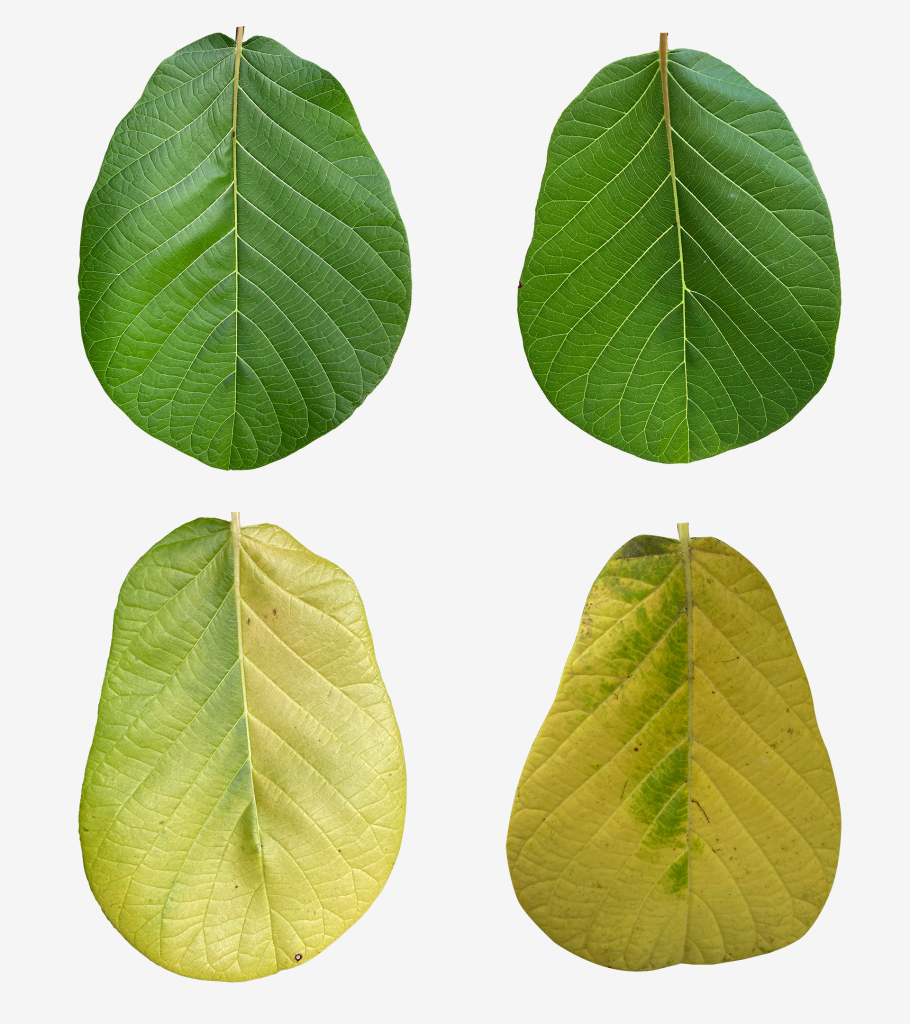
Cultivation: While well-suited for seaside planting in tropical climates, cultivating Guettarda speciosa can be a challenge. Propagation is primarily done by seed, and patience is key as germination may take months.
Additional Information:
- First described by Carl Linnaeus in 1753, citing Java as its origin.
- Conservation Status: “Least Concern” (IUCN 3.1).
- Beyond the Maldives, it graces various tropical areas around the Pacific Ocean, including Australia, Micronesia, French Polynesia, Fiji, Malaysia, Indonesia, and the east coast of Africa.
In the intricate tapestry of Maldives’ biodiversity, the Uni tree weaves its unique story, connecting history, ecology, and local traditions.
Reference: Food and Agriculture Organization (FAO)

